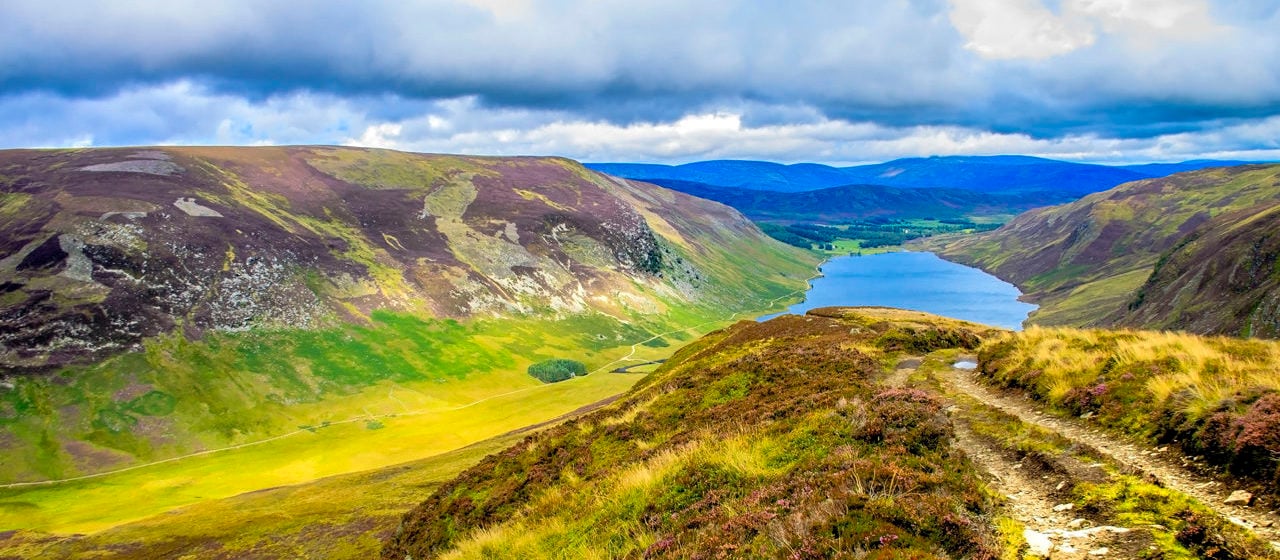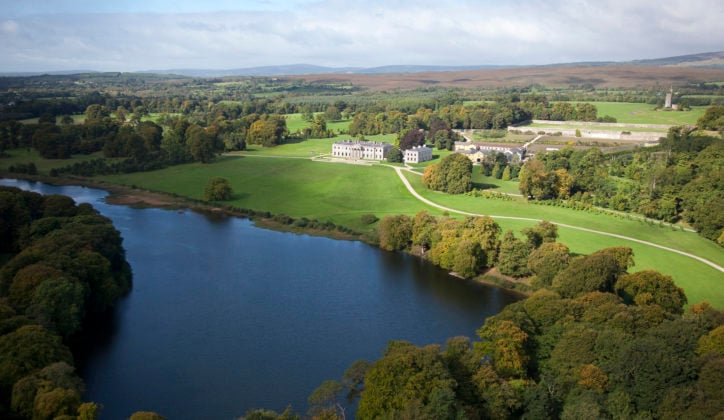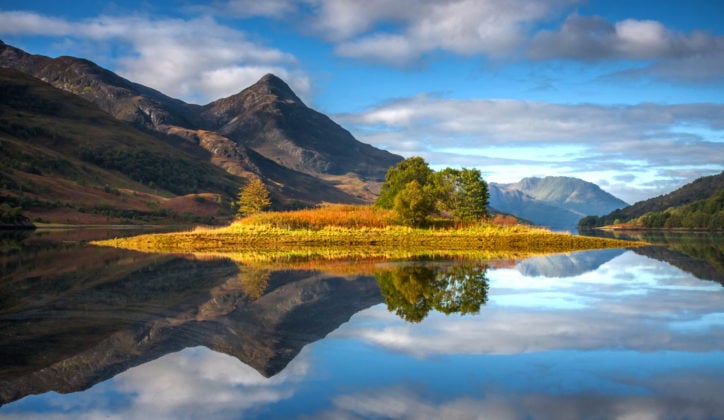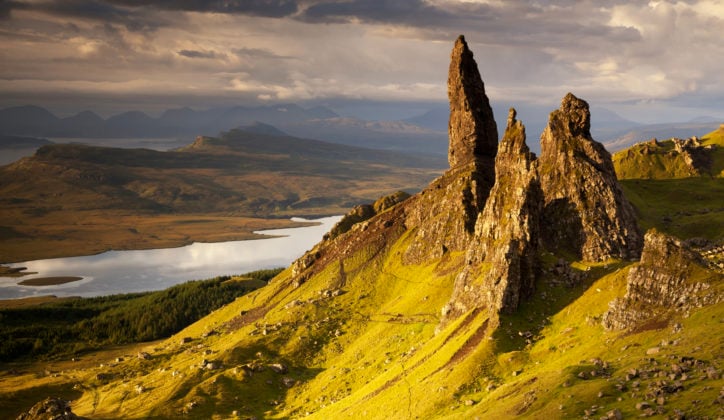Published on: April 11th, 2019
Last updated: December 11th, 2023
Choosing between Ireland and Scotland for your next vacation is tough. They’re both amazing destinations in their own right, despite having many similar features.
We recommend visiting both countries if you have the time, but we’ve put together this in-depth guide to each of them to help you decide which one best suits you.
From the top things to do to the best time to visit, this expert guide will help you decide whether to travel to Ireland or Scotland.

Ireland
Things to do in Ireland
Cosmopolitan cities
Ireland’s lively capital Dublin is a wonderful melange of history, culture and nightlife. History buffs can delight in visiting the GPO Witness History Museum. Telling the story of the pursuit of Irish independence through special effects, soundscapes and heartfelt testimonials, this exhibit is sure to be a rewarding experience for any traveller. For a spot of culture, head to Trinity College’s Old Library. One of Dublin’s cultural gems, the floor-to-ceiling bookcases here transport visitors to a bygone era. After a day filled with culture, there are few better ways to spend the night than in one of Dublin’s many live music bars. The city streets come alive on St Patrick’s Day, but remain full of fun and frolics year round.
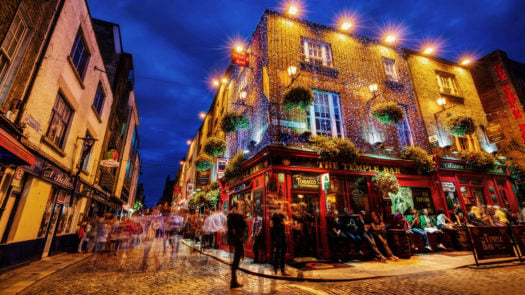
Northern Ireland’s Belfast is a city famed for its historic heritage. From the Titanic Quarter to traditional bread making workshops, there is something for everyone. At the Titanic Belfast attraction, visitors can delve behind the Irish slipways where this infamous ship was built. For heritage lovers, Belfast Castle is worth a visit; dating from the 1860s, this castle offers sweeping views over a wealth of natural, archeological and historical wonders. For travellers who want to experience the Ireland of times gone by, a bread making workshop on the shores of Belfast’s County Down is unmissable. At the end of the class, you’ll be able to indulge in soda bread, potato bread and wheaten bread alongside a selection of local gins.
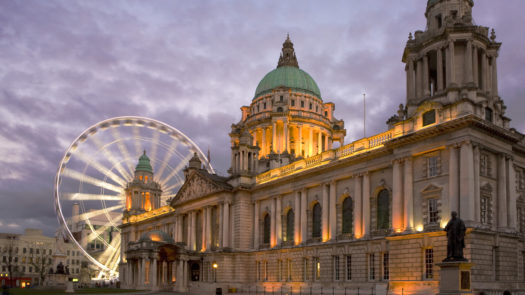
Dramatic landscapes
Ireland is a verdant country with heaps of dramatic scenery. Ireland’s coastline is particularly stunning, with standout landmarks including the Cliffs of Moher and the Giant’s Causeway. At the southwestern edge of Ireland’s Burren region, the dramatic Cliffs of Moher stretch along 14 kilometres (9 miles). The most stunning part of the Cliffs of Moher though is O’Brien’s Tower. Built in 1835 by Sir Cornelius O’Brien as an observation tower for Victorian tourists, this site remains one of Ireland’s most popular lookout points today. Views over the verdant Aran Islands and Twelve Pins mountain ranges backdropped by waves lapping at pebbled shores are a true feast for the senses.
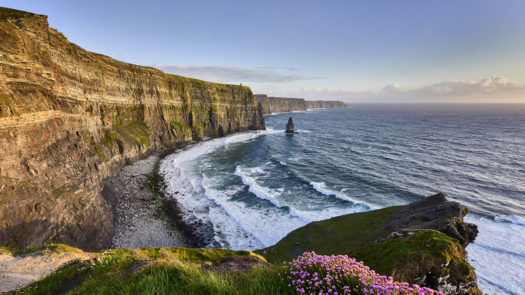
The Giant’s Causeway is arguably Ireland’s most famous landscape, and for good reason. For centuries, countless visitors have marvelled at the mystery of this ethereal shore. The rugged rock formations have battled successfully against fierce Atlantic storms for millions of years. The symmetry of the rocks is astounding, and strolling along the Causeway feels like travelling back through time.
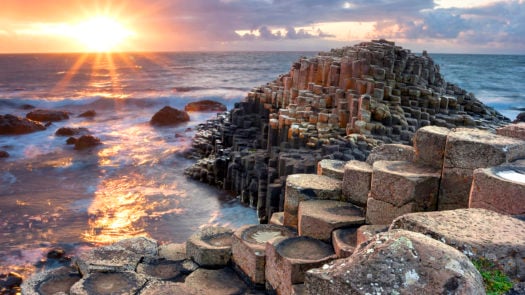
Best time to visit Ireland
Ireland can be a charming destination at any time of the year, but the best months to visit are from April to early June. During the spring season, temperatures begin to climb and the landscapes become blanketed in green. In July and August, the country can become congested as it’s the height of summer season. Autumn rivals spring as the best time to visit, with September and October providing warm weather and fewer crowds. If you’d like to spend your days in Ireland curling up by the pub fire with a pint of Guinness in hand though, November to February can be a cosy, albeit cold, time of the year to visit.
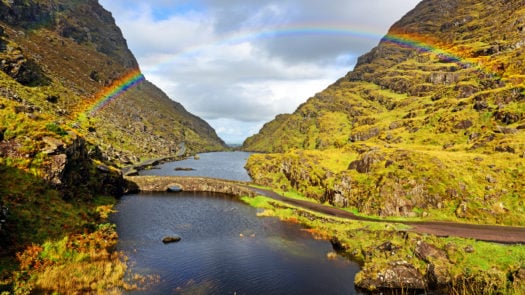

Scotland
Things to do in Scotland
Historic cities
Scotland’s cities are steeped in history, from Edinburgh’s Old Town to Glasgow’s 18th-century architecture. In the east, Edinburgh is nicknamed the ‘Athens of the North’ due to its grandeur and Scotland’s capital certainly lives up to that name. The streets are lined with sandstone facades and neoclassical terraces. Even the so-called ‘New’ Town here is nearly 300 years old, so Edinburgh is a city full of old world charm. Some of the best ways to spend time here are wandering along cobblestone streets and exploring charming royal residences both past and present (from Edinburgh Castle to the Palace of Holyrood House). For those looking to taste your way through the city, a foodie walking tour is a must.
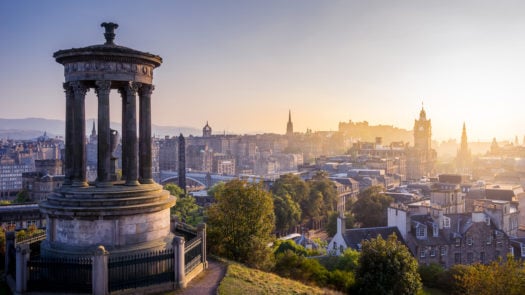
In Glasgow, arts and culture take centre stage. Home to world class museums and galleries, the country’s second city is great for families and creatives. Glasgow’s streets reflect the changing face of the city throughout the centuries, with 18th-century warehouses and red sandstone Victorian buildings sitting alongside each other. On a city tour of this creative hub, travellers can peruse the Kelvingrove Art Museum & Gallery, the Glasgow Cathedral and the Provand’s Lordship (the oldest house in the city) for a well-rounded insight into Glasgow’s history and culture.
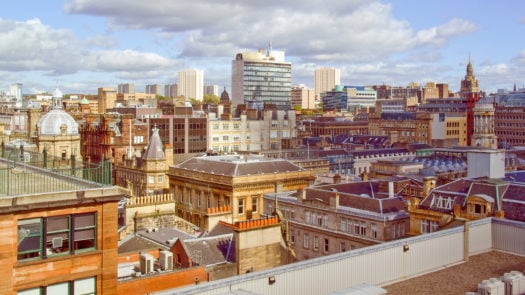
Heritage landscapes
From long-adored lakes to classic castles, Scotland is filled with sublime landscapes. One such spot is Loch Ness’ younger sibling, Loch Lomond. Made famous by the 19th century song ‘The Bonnie Banks o’ Loch Lomond,’ this freshwater lake is one of Scotland’s most stunning. Marking the beginning of the highlands, the deep blue water is backdropped by the equally magnificent mountains of the Trossachs National Park, so there is no shortage of beautiful landscape to discover here.
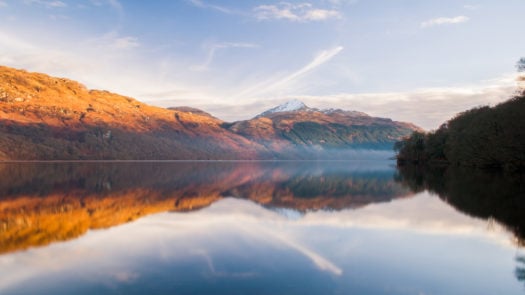
Scotland is also a nation housing many traditional castles, all offering their own slice of Scottish charm. In the Scottish Lowlands, the iconic Blair Castle’s baronial architecture, beautiful woodland setting and stunning mountain backdrop are unrivalled. On the West Coast, Inveraray Castle looks as though it has been lifted straight from a fairytale. Inveraray has a particularly interesting claim to fame, as this grand stately home features as Duneagle Castle on hit TV show Downton Abbey. In Glasgow, history buffs can journey back to the Middle Ages at Doune Castle. The well-preserved domestic quarters here give visitors a real insight into what life was like for servants during the 14th-century.
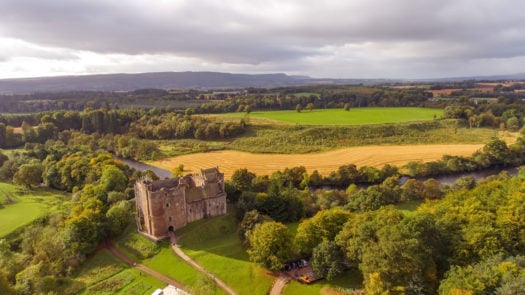
Beautiful scenery and breathtaking islands
From the Scottish Highlands to the Isle of Skye, Scotland’s scenery is sure to impress any visitor. The Highlands are characterised by sublime lochs, striking mountains, verdant forests and a winding coastline. A wild place with the lowest population density in Europe, the Scottish Highlands are a great draw for adventure seekers. Whisky tasting, ethereal castles and rare wildlife are just some of the things that make this region of Scotland so incredibly unique. You can spend your time here doing anything from sea kayaking alongside dolphins to tracing your family tree with an expert genealogist.

Scotland’s West Coast houses some of the most beautiful islands in Europe. One of the standouts is the Isle of Skye – the rugged landscapes and dramatic mountain scenery here are unrivalled. Only a few roads cut through Skye, so crossing the island is a delightful off-road adventure. The Isle of Skye is a great destination for art lovers as well as nature lovers, as the island is home to a burgeoning creative scene. Galleries, jewellery studios and endless photography opportunities all make for wonderful exploration.
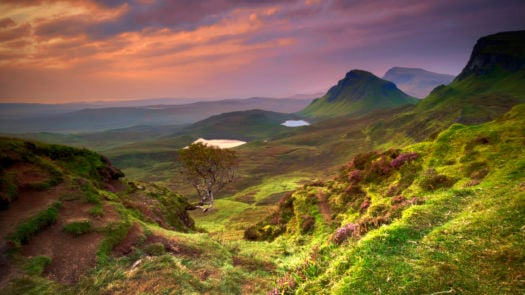
Best time to visit Scotland
Similarly to Ireland, the most pleasant times of the year to visit Scotland are spring and autumn. From May to June and September to October, the wildflowers and heather are at their best and the summer surge of visitors has died down. Rain can make an appearance at any time of the year in Scotland though – particularly in the Highlands – so it’s always worth packing waterproofs. Although temperatures can be biting, Scotland can also be a great choice for a winter getaway. The Christmas markets in Edinburgh make it an appealing time of year to visit the city, whilst snow-clad mountains and a chance of spotting the northern lights make for a magical trip.
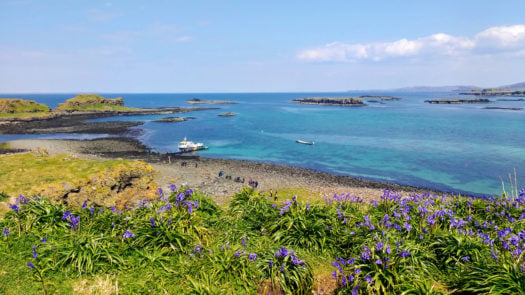
Discover the highlights of Ireland and Scotland
Feeling inspired? Our expert travel designers are always on hand to help you plan your next trip to Ireland or Scotland
